New Zealand: large and small projections
On March 6, 2017, we followed New Zealand’s State Highway 25 north through and beyond Thames on our way to Whitianga. In one place on the west side of the Coromandel Peninsula we saw this roughly conical rock projecting out of the shallow water in the Firth of Thames. Yes, that’s another pōhutukawa tree (Metrosideros excelsa) at the top of the rock. Elsewhere on the beach I looked down at contrastingly small projections wind-rippled up from the sand.
And look how another pōhutukawa projected out over the craggy rocks along the shore:
© 2018 Steven Schwartzman






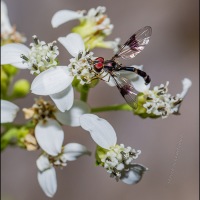
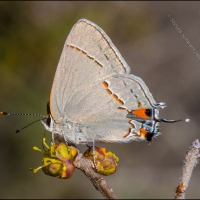
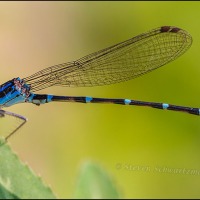

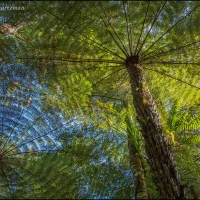

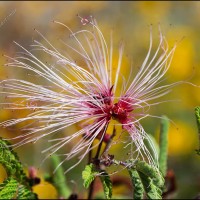
Tough trees. Remind me of the Pinyon pines along the Grand Canyon and how they clung to the barren rock.
Heyjude
March 6, 2018 at 6:17 AM
I like your comparison of the two p’s that are tough trees, pōhutukawa and pinyon.
Steve Schwartzman
March 6, 2018 at 6:43 AM
Just as the tree is rooted in the outcrop, in the first shot, the outcrop seems to have roots sent out toward the mainland. I recently saw a display of pseudofossils (mineral deposits, etc. that are often mistaken for fossils), but I’m not aware of a term for rocks that mimic trees.
Robert Parker
March 6, 2018 at 7:55 AM
Like you, I’d noticed the tree-like appearance of the rocks in the foreground in the first picture. I chose not to say anything to see whether anyone would comment about it. I should’ve known I could count on you.
We can make up a name for a rock formation that looks like a tree. How about petrodendron or dendropetron? A quick search showed that neither term seems to be already in use.
Steve Schwartzman
March 6, 2018 at 8:50 AM
Those are both cool, I’d vote for petrodendron, maybe it’ll find its way into the dictionary!
Robert Parker
March 6, 2018 at 9:14 AM
Let’s all start using it.
Steve Schwartzman
March 6, 2018 at 2:57 PM
The fingerlike projections from the rock in the first photo make it appear as though it’s struggling to pull itself up onto the shore. In the third photo, the tree reminds me of the wind-bent oaks along the middle Texas coast, particularly around Rockport. Of course, the setting for our live oaks is substantially (!!) different, but the cant of the trees is just as appealing.
I love that sand abstraction. The void raises questions. Did it hold a shell? Was it part of a footprint? Did someone hollow out a space for no reason other than the pleasure of doing so? The imagining’s as much fun as the knowing.
shoreacres
March 6, 2018 at 8:34 AM
Your mention of wind-bent oaks accords with my observation of rambling live oaks in several parts of San Antonio today: I called them the pōhutukawas of Texas.
You raise a good question about that depression in the sand. I don’t think it was part of a footprint but I have no idea what made it. We’ll never find out, so you might as well have fun speculating, right?
Steve Schwartzman
March 6, 2018 at 10:55 PM
You sure got some great photo on that trip. Beautiful scenery!
montucky
March 6, 2018 at 9:48 AM
You said it!
Steve Schwartzman
March 6, 2018 at 2:54 PM
I love the cone.
Sherry Felix
March 6, 2018 at 4:02 PM
I was fond of it, too.
Steve Schwartzman
March 6, 2018 at 8:16 PM
File this under every picture tells a story: That hot day on the beach when you inadvertently drop your ice cream cone on the walkway.
One might wonder about what the trees are supposed to be, but if we are already in imagination mode, then we can overlook some aspects of the vision; can we not? Your work often exercises my imagination. 😉
Lynda
March 7, 2018 at 10:01 AM
I’m glad to hear these pictures gave you a good cardiovascular workout, even if only an imaginary one. You needed it to offset the equally imaginary calories from that ice cream cone.
Steve Schwartzman
March 7, 2018 at 10:07 AM
Love the last pic Steve .. so New Zealand 😍
Julie@frogpondfarm
March 11, 2018 at 12:53 AM
It sure is. For me, the pōhutukawa will always be the emblem of New Zealand.
Steve Schwartzman
March 11, 2018 at 7:52 AM
Me too! 🙂
Julie@frogpondfarm
March 11, 2018 at 2:20 PM